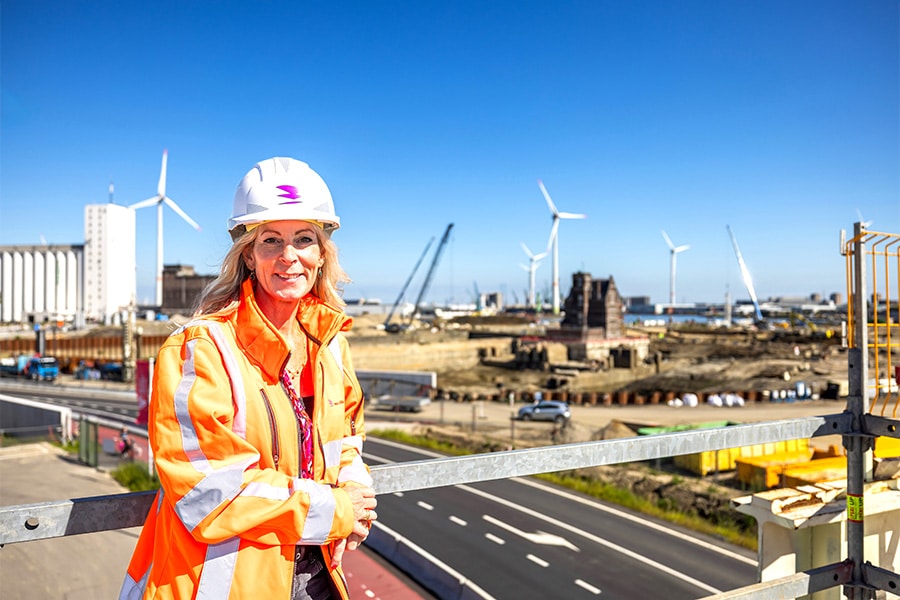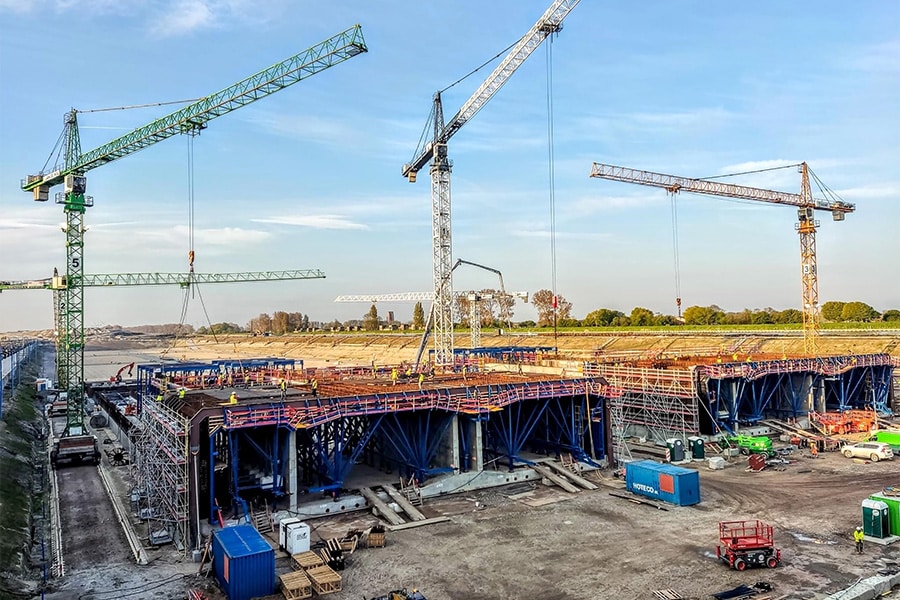
Using trenchless techniques under the tracks
It is getting busier and busier underground, with an increasing number of cables and pipes for all kinds of purposes. It is logical that a railroad has to be crossed regularly to get from A to B. This is why trenchless techniques are used. Boring and pressing are used to ensure that cables and pipes can pass under the railroad without having to be taken out of service. André Dikkeschei, system specialist underground infrastructure at ProRail and Rosella Krot, director at Dutch Tunnel Engineering, specialist in trenchless techniques, talk about the cooperation of the two companies.
Not just for personal use
André opens the talk: "ProRail has a huge cable and pipeline network for its own use. However, we also grant permits to third parties, who want to lay their cables and pipelines along, under and intersecting with tracks. Dutch Tunnel Engineering makes a design to properly pass under the tracks using the right trenchless techniques. We review that design, give approval, after which the work can be started." Rosella adds: "With trenchless techniques, the availability of the track is guaranteed. Working in the rail sector requires a lot of safety protocols. That's why we already use ProRail's successor to the 'white booklet', Directive 00427 part 2, in the design phase, which lists the rules for working safely."

Under the ProRail pipelines through...
André refers to Directive 427 Part 1: "ProRail pipelines are at a shorter angle and shallower than other pipelines. Third parties pass under our pipelines at all times. In the event of a disaster on the track, it is important that we meet our own pipelines first. For this reason, 'hitching a ride on ProRail's pipelines' is therefore not possible."
Dutch Tunnel Engineering takes into account in the design the type of soil through which the cables and pipes must pass. Rosella: "It makes quite a difference whether the soil is clay or sand, for example, that determines the drilling technique. If we drill in groundwater, we do so with a closed front. If the groundwater is lower than the drilling, then we apply an open front technique." André adds, "You also want to know what you are encountering in the ground layers, which is why probing is important. In Limburg, for example, marl sits at six meters. That is normally a common drilling depth. So in such a case you have to determine whether you go over the marl layer, or under it."
Excellent cooperation
About the cooperation between Dutch Tunnel Engineering and ProRail, Rosella says: "The nice thing is that ProRail itself always thinks along in execution and permit. The cooperation is good, we complement each other very well." André agrees and says, "Dutch Tunnel Engineering is a trusted partner for us. They put a lot of effort into the preliminary process and come to the table early on, which makes the process smooth and ensures better work at the back of the process."



